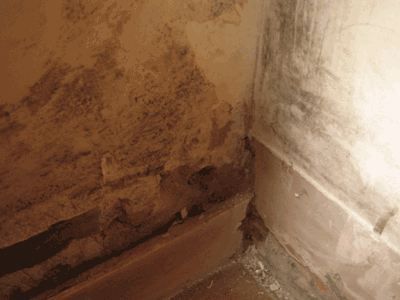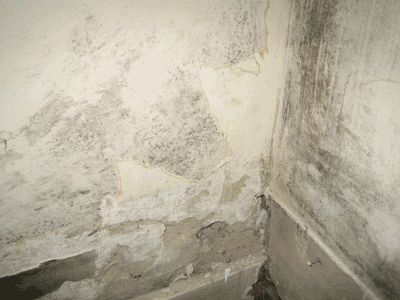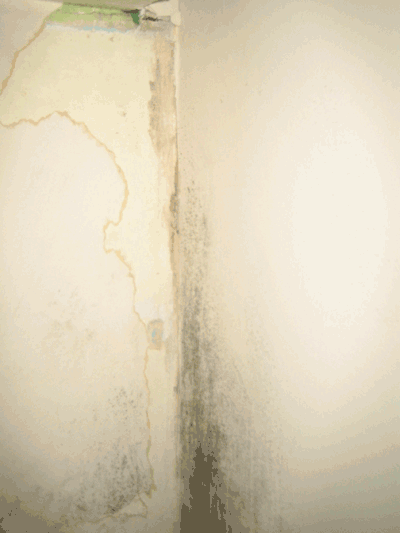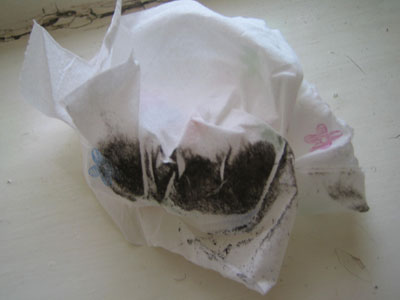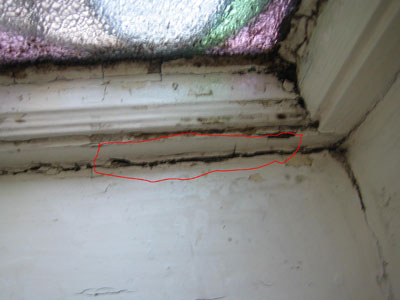I live in what I believe is a 1920's house / maisonette which has some kind of damp.
The area in a corner in the bedroom is not enclosed, so I think it has reasonable ventilation. If my html is working there should be a picture just after this:
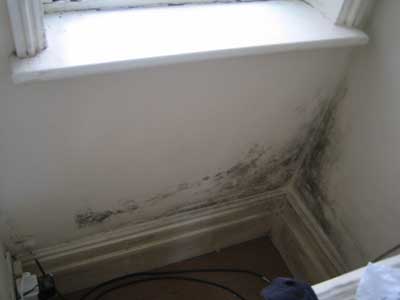
It seem to get bad in the winter and then in the summer i'll have a go at fixing it. I've tried the following:
Damp proof paint inside
Damp proof paint out side up to about 10 inches from the floor.
Checking the outside drain pipes for leaks/blockages, including up on the roof. Here's a piccy of the drain just outside exactly opposite the right hand corner in the first image. I'm not sure if the image will be in the right orientation, but the black drainpipe is vertical and on the left of picture if viewed correctly.
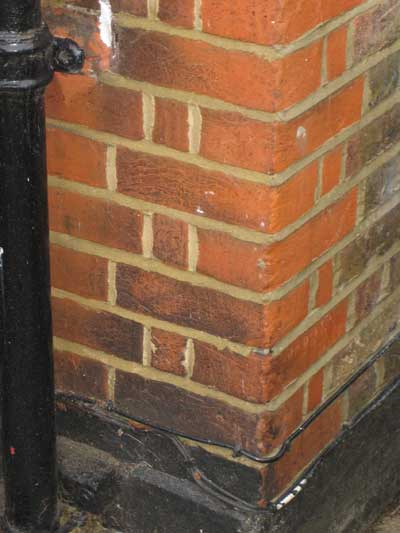
The pipe did have a brackett made of wood that penetrated into the brickwork via long screws, but I've removed the brackett and plugged the holes with the white sillicone
I've been outside when it's raining to look and the drains seem to function normally with no leaks. Here's the drain looking up from the ground
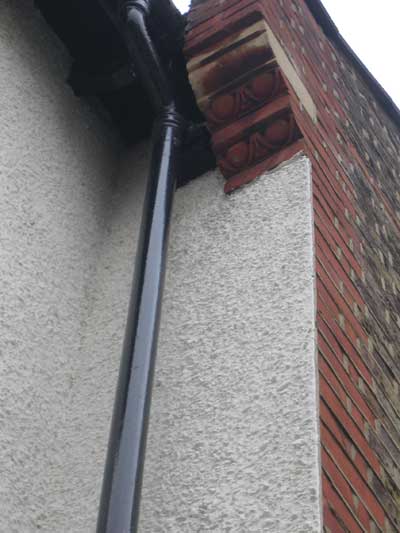
Just above the damp is a wood frame single pane window which can be seen here:
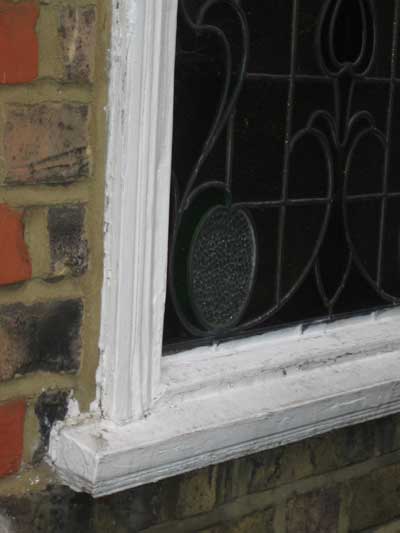
I've sealed all around the edges with sillicone sealant.
Just below the window, and again on the same wall as the damp is this brickwork. While we're at it, I'd like to know, how do I tell if I have solid walls. People have mentioned about footer and headers, but I'm not clear on it:
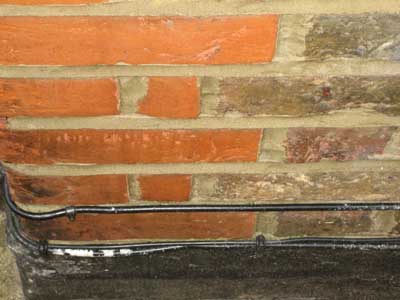
Immediately above the corner there is a suspicious looking area next to the ceilling. This corner is directly above the damp:
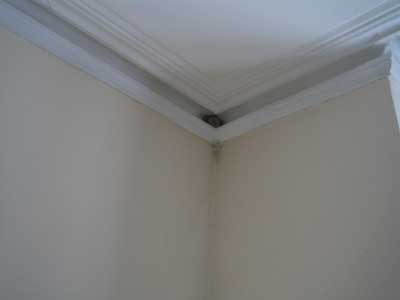
The flat upstairs is inaccessible, so I can't show you any pictures of the room above.
So, the big question is, what's causing my damp, and how can I fix it?
All the best,
Jenny



